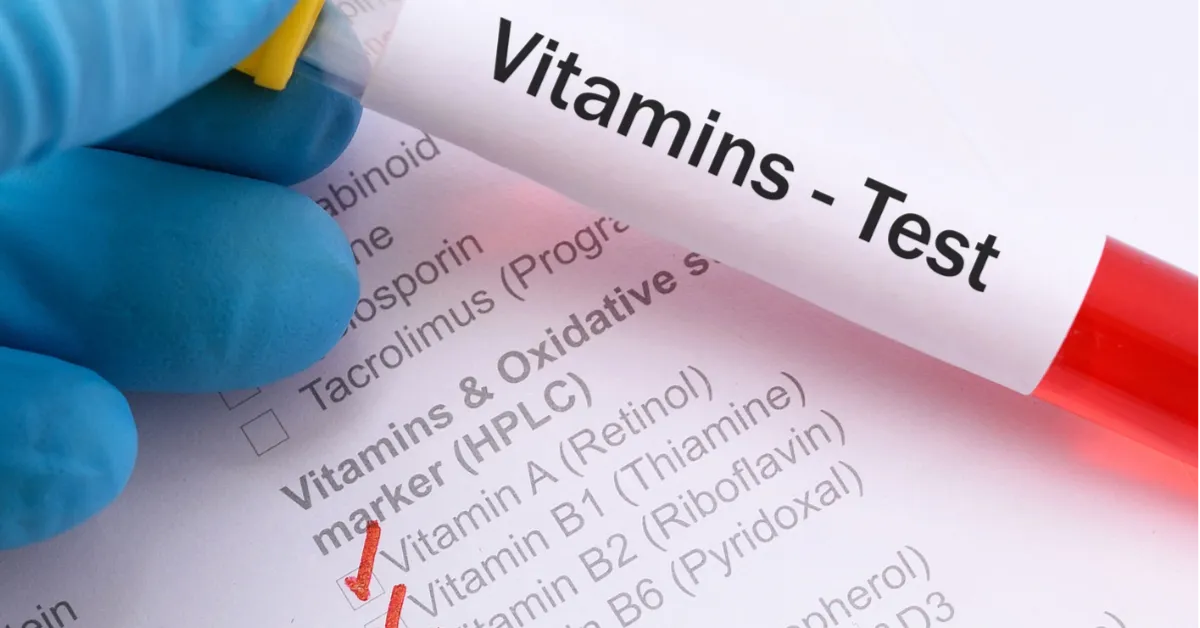AOAC 2017.02 Vitamin D3 Testing in Fortified Milk
The AOAC International method 2017.02 provides a precise and accurate means of quantifying vitamin D3 in fortified milk products. This service is essential for ensuring the quality, safety, and compliance with international standards such as ISO, ASTM, and EU regulations.
Vitamin D3, also known as cholecalciferol, plays a crucial role in bone health, immune function, and calcium absorption. Fortifying milk with vitamin D is widely practiced to help address deficiencies that can lead to various health issues such as rickets or osteoporosis.
The AOAC 2017.02 method involves the extraction of vitamin D3 from fortified milk samples, followed by high-performance liquid chromatography (HPLC) analysis. This process ensures that the vitamin content is measured accurately and reliably. The method's precision and accuracy make it ideal for quality control departments in food and beverage manufacturing.
The service includes detailed sample preparation instructions, instrument calibration, and data interpretation to ensure reliable results. Our team of experts uses state-of-the-art equipment and follows strict procedures to provide accurate analysis reports that are crucial for maintaining product integrity.
For instance, a typical fortified milk product might contain 10-25 micrograms per liter of vitamin D3. The AOAC 2017.02 method ensures that these levels are measured with high precision. This level of accuracy is vital for ensuring compliance with international standards and meeting customer expectations.
The method's robustness also makes it suitable for research and development (R&D) teams who need to explore new formulations or test the efficacy of different fortification strategies. By providing reliable data, our service helps these teams make informed decisions that can lead to improved product quality and safety.
Our AOAC 2017.02 vitamin D3 testing service is particularly beneficial for companies in the food and feed sectors who are committed to maintaining high standards of quality and safety. This method ensures that fortified milk products meet not only regulatory requirements but also the expectations of consumers.
In summary, our AOAC 2017.02 vitamin D3 testing service offers a reliable and accurate way to measure vitamin D3 in fortified milk products. This method is essential for ensuring product quality, compliance with international standards, and meeting the needs of both manufacturers and consumers.
Industry Applications
| Application | Description |
|---|---|
| Quality Control in Food Manufacturing | Ensure consistent vitamin D3 levels across batches of fortified milk. |
| Regulatory Compliance | Meet international standards and local regulations for fortification practices. |
| R&D for New Formulations | Test the efficacy of different vitamin D3 fortification strategies. |
| Consumer Safety Assurance | Verify that fortified milk products meet nutritional expectations and safety standards. |
Why Choose This Test
- Precise measurement of vitamin D3 levels in fortified milk.
- Compliance with international standards such as ISO, ASTM, and EU regulations.
- Reliable data for quality control and R&D purposes.
- Consistent results across different batches to ensure product uniformity.
- Supports regulatory compliance requirements specific to fortification practices.
- Accurate measurement of vitamin D3 content, which is critical for nutritional labeling.
- Enables the development and validation of new fortified milk formulations.
- Reduces the risk of product recalls due to non-compliance or quality issues.
Competitive Advantage and Market Impact
The ability to accurately measure vitamin D3 levels in fortified milk products provides several competitive advantages. Firstly, it ensures that the product meets both regulatory requirements and consumer expectations. This can lead to increased market share as consumers trust that they are receiving a quality product.
Secondly, by using this method, companies can differentiate themselves from competitors who may not have access to such precise testing. This can be particularly important in markets where vitamin D3 fortification is becoming increasingly popular.
In addition, the data generated from this test can be used to optimize production processes and improve product quality. This can result in cost savings and improved efficiency, which are crucial factors in maintaining a competitive edge.
The AOAC 2017.02 method also supports ongoing research into new fortification strategies and formulations. This can lead to the development of innovative products that meet changing consumer demands and regulatory requirements. By staying ahead of these trends, companies can maintain their position as leaders in the industry.
Finally, by ensuring compliance with international standards, companies can avoid costly penalties and negative publicity associated with non-compliance. This can help protect the company's reputation and brand image, which are critical components of long-term success in any market.





